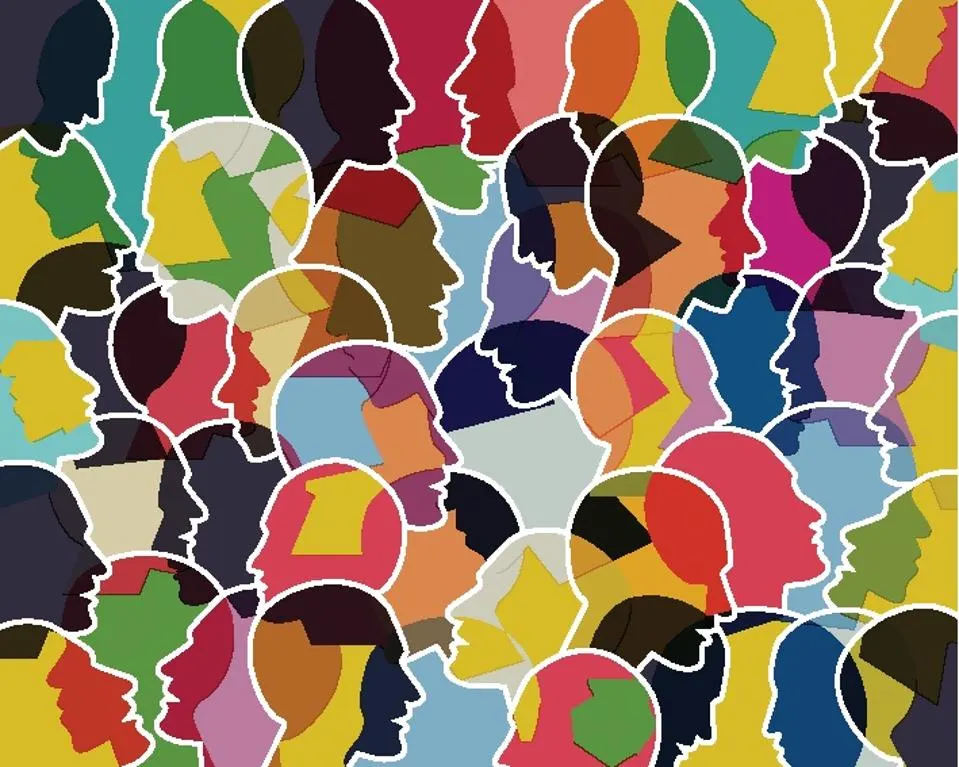In an era marked by global collaboration and interconnectedness, the importance of effective science communication cannot be overstated.
In an era marked by global collaboration and interconnectedness, the importance of effective science communication cannot be overstated. As scientists strive to disseminate their findings to diverse audiences, they encounter the challenge of navigating cross-cultural differences that can significantly impact the reception and understanding of scientific information. This article delves into the intricate relationship between science and culture, investigating how cultural nuances influence the communication of scientific knowledge. Furthermore, we will explore strategies to enhance cross-cultural science communication, fostering a more inclusive and globally accessible scientific discourse.
The Impact of Cultural Differences
Cultural diversity plays a pivotal role in shaping individuals’ perspectives, values, and communication styles. When it comes to science, these cultural differences can profoundly influence how scientific information is received, interpreted, and accepted.
Factors such as language, belief systems, and historical contexts contribute to varying levels of receptivity to scientific concepts across different cultures.
Language, being a fundamental aspect of culture, poses one of the most significant challenges in cross-cultural science communication.
Scientific jargon and terminology may not always have direct equivalents in every language, leading to potential misunderstandings or misinterpretations. Additionally, the cultural connotations of certain words may vary, affecting the emotional and ethical aspects associated with scientific concepts.
Belief systems also play a crucial role in shaping the reception of scientific information. Some cultures may have deeply ingrained traditional beliefs that influence their attitudes toward particular scientific topics. Addressing these beliefs with sensitivity is essential for effective communication and avoiding unnecessary cultural clashes.
Historical contexts further contribute to the diversity of perspectives on science. Societal experiences and historical events can influence the trust or distrust people have in scientific institutions. Understanding these historical factors is vital for science communicators to bridge the gap and build rapport with audiences from different cultural backgrounds.
Strategies for Effective Cross-Cultural Science Communication
Adaptation of Language:
To overcome language barriers, science communicators must adapt their language to be more accessible and culturally relevant. Using simple and clear language, avoiding jargon, and providing context can make scientific information more comprehensible across different cultures.
Cultural Sensitivity Training:
Science communicators should undergo cultural sensitivity training to better understand and respect the diverse perspectives of their audience. This training can enhance their ability to navigate cultural nuances and address potential sensitivities when communicating scientific information.
Inclusive Visuals and Examples:
Utilizing visuals and examples that are inclusive and relatable to a broad audience can enhance cross-cultural communication. Visual aids, such as diagrams, images, and videos, can transcend language barriers and provide a universal understanding of scientific concepts.
Collaborative Partnerships:
Foster collaborations with local experts and organizations in target communities. Local partners can offer insights into cultural dynamics, help tailor messages, and serve as trusted intermediaries, increasing the credibility of scientific information.
Customized Outreach Programs:
Develop outreach programs that are customized to the cultural context of the target audience. This may involve incorporating cultural references, adapting presentation styles, and utilizing communication channels that are widely accepted in the specific cultural setting.
Interactive Engagement:
Encourage interactive engagement with the audience, fostering a two-way communication process. This allows for a better understanding of the audience’s perspectives and concerns, enabling science communicators to address them effectively.
In the ever-evolving landscape of global communication, science must transcend cultural boundaries to reach diverse audiences effectively. By acknowledging and addressing cultural differences, science communicators can bridge gaps, foster understanding, and create a more inclusive and accessible scientific discourse.
Embracing strategies such as language adaptation, cultural sensitivity training, and collaborative partnerships will not only enhance the effectiveness of cross-cultural science communication but also contribute to building a more connected and informed global society.
As we navigate the future of scientific communication, embracing diversity and cultural understanding will be essential in ensuring that the benefits of scientific knowledge are shared universally.
This article is jointly authored by Hina Ali Mustafa and Amna Zareef.
